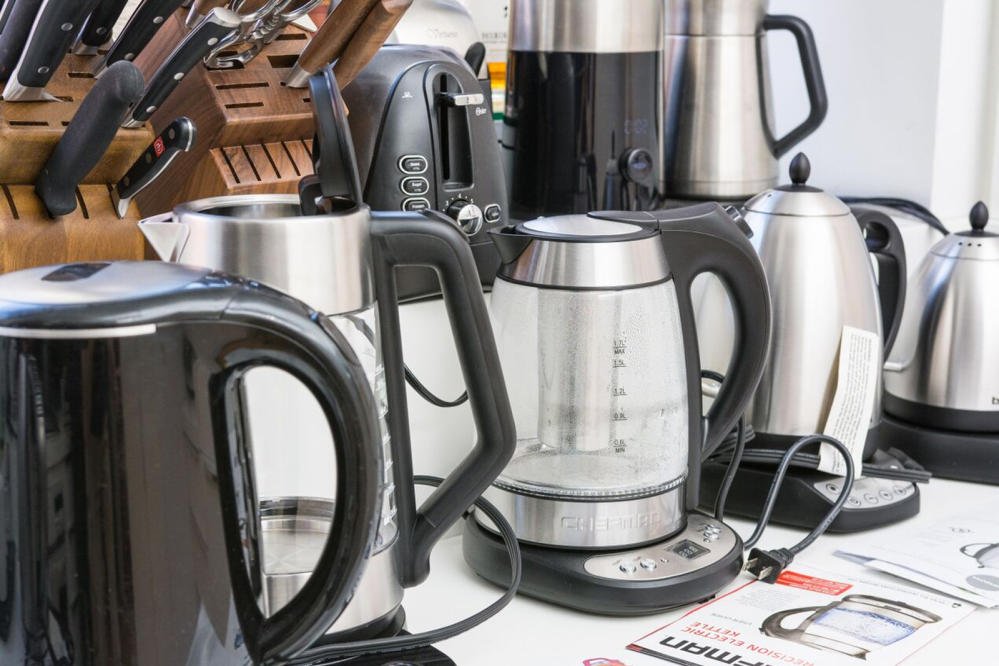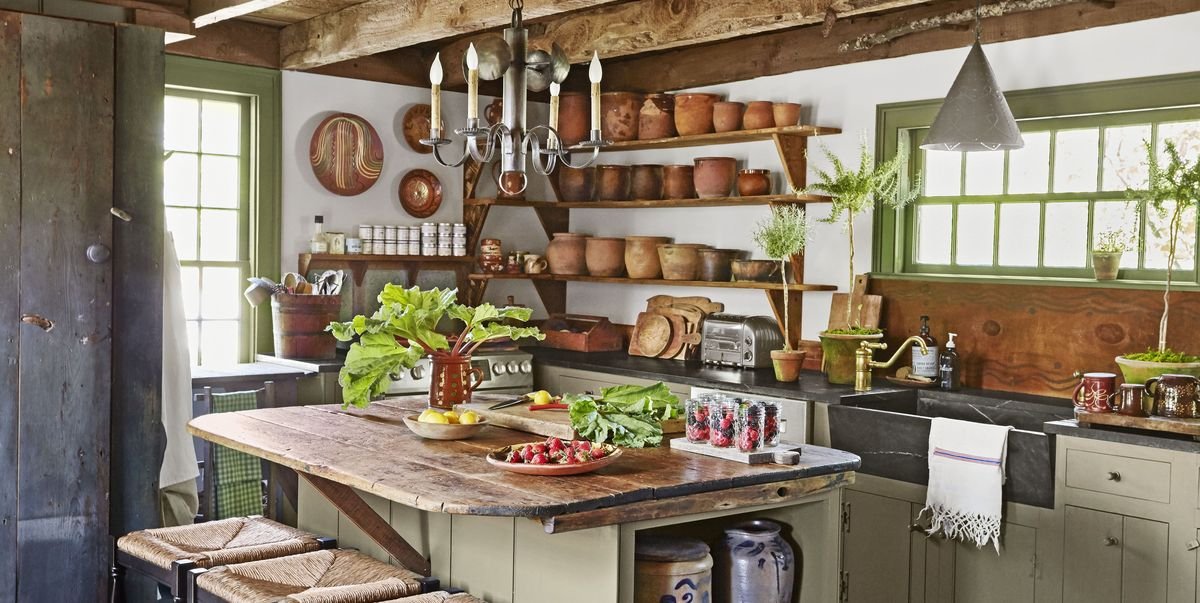
How to store an indoor grill?
In this step-by-step guide, I will provide you with instructions on how to store an indoor grill properly. This guide is designed to help you maintain and prolong the life of your indoor grill when it is not in use. By following these steps, you can ensure that your grill remains clean, in good condition, and ready for future use.
Gather necessary materials
To gather all the necessary materials for storing the indoor grill, start by grabbing a clean cloth to wipe down any grease or residue. Next, gather mild dish soap and water to thoroughly clean the grill, ensuring it is ready for storage. Finally, locate a suitable storage container to keep the grill protected and free from dust or damage.
Disconnect and clean the grill
To disconnect and clean the grill, start by turning off and unplugging the indoor grill. Ensure it has completely cooled down before proceeding with the cleaning process. Take a clean cloth and dilute mild dish soap with water. Use this solution to wipe down the grill and remove any grease or food residue.
Remove and clean the removable parts
To remove and clean the removable parts of your indoor grill, carefully detach items like grill grates or drip trays from the main unit. Follow the manufacturer’s instructions provided for cleaning these parts. Clean them separately using the recommended cleaning method, ensuring that all food residue and grease are thoroughly removed. This will help maintain the cleanliness and performance of your indoor grill.
Dry the grill and parts
To properly dry the grill and its removable parts after cleaning, follow these steps:
- Use a clean towel to thoroughly dry all surfaces of the grill and its parts.
- Pay special attention to the corners and crevices where water might accumulate.
- Make sure to remove any excess water to prevent damage or rust.
- Alternatively, you can also allow the grill and parts to air dry completely before storage or use.
Pack the grill and parts
Place the grill and its cleaned removable parts in a suitable storage container. Ensure the container is clean, dry, and large enough for all the components.
- Clean all the removable parts of the grill thoroughly.
- Choose a storage container that is free from dirt and moisture.
- Make sure the container has enough space to accommodate the grill and its parts comfortably.
- Carefully place the grill and its parts in the container, ensuring they are secure and won’t move during transport.
- Close and seal the container properly to keep out any dirt or moisture.
Remember to label the container for easy identification when needed.
Add protective padding
To protect the grill and its parts from scratches and damage during storage, wrap them in bubble wrap or towels before closing the container. This will provide an extra layer of cushioning that will help absorb any impacts or vibrations during transportation. Ensure that the padding is securely wrapped around all the delicate components to keep them safe.
Seal the container
- Close the storage container tightly by securing all latches or fasteners to prevent dust, dirt, and pests from entering.
- Check that the container provides an airtight seal to ensure optimal protection for the grill and its components.
- Make sure all openings or gaps in the container are sealed or covered to prevent any potential damage or corrosion.
- Place a weatherproof cover or tarp over the container for additional protection against outdoor elements.
Choose a suitable storage location
Select a cool, dry, and well-ventilated area to store the container of your grill. Avoid locations that are exposed to excessive heat, humidity, or direct sunlight, as these conditions can cause damage. For example, choose a garage, shed, or covered patio that provides protection from the elements and maintains a stable environment for your grill.
Regular maintenance
To periodically check the stored indoor grill, start by cleaning and inspecting it before use. Remove any dust or debris that may have accumulated during storage to ensure it remains in good condition.
Key Takeaways
In conclusion, proper storage of an indoor grill is essential to ensure its longevity and functionality. Throughout this guide, we have discussed the key steps to consider when storing your grill. First and foremost, proper cleaning and drying are crucial to prevent any damage or corrosion. Additionally, using the original packaging or suitable alternatives can provide an added layer of protection. Lastly, choosing an appropriate storage location that is cool, dry, and free from moisture or extreme temperatures will further safeguard your grill. By following these steps, you can rest assured that your indoor grill will be ready for use whenever you need it. Happy grilling!
Necessary Equipment
Best Practices
Properly Utilizing Your Indoor Grill
- Begin by reading the instruction manual of the indoor grill to familiarize yourself with its features and safety guidelines
- Clean the grill thoroughly before using it for the first time. Remove any packaging materials, stickers, or protective films
- Preheat the grill according to the manufacturer’s instructions. Most indoor grills have a preheat setting or an indicator light that lets you know when it’s ready
- Once the grill is heated, lightly brush or spray some oil onto the grill grates to prevent sticking
- Place the food you want to cook on the grill grates. Make sure not to overcrowd the grill, as this can affect the cooking process and result in unevenly cooked food
- Close the lid of the grill to trap the heat and maximize cooking efficiency. This will help in keeping the food moist and preventing excessive smoke
- Monitor the cooking time and temperature based on the type and thickness of the food. It’s recommended to use a meat thermometer to ensure that meats are cooked to the desired level of doneness
- When the food is cooked to your liking, carefully use heat-resistant utensils or tongs to remove it from the grill
- Give the grill some time to cool down before cleaning it. Follow the instructions provided by the manufacturer for cleaning and maintenance
- Enjoy your delicious grilled food!
Common Questions about Indoor Grills
Can an indoor grill be used in small spaces or apartments?
Yes, an indoor grill can be used in small spaces or apartments. Indoor grills are specifically designed for use in confined areas and are compact in size, making them suitable for small kitchens or limited countertop space. They are equipped with features like smokeless technology, adjustable temperature controls, and removable drip trays that help minimize smoke and mess. Additionally, certain models are designed to be easily stored or transported, further enhancing their convenience for small spaces or apartments. It is important, however, to always follow the manufacturer’s instructions and ensure proper ventilation when using an indoor grill indoors.
Is it possible to control the temperature on an indoor grill?
Yes, it is possible to control the temperature on an indoor grill. Most modern indoor grills come with adjustable temperature controls that allow you to set and maintain your desired cooking temperature. These controls typically offer a range of temperature settings, allowing you to adjust the heat level according to the type of food you are grilling. This feature ensures that you can achieve precise and consistent cooking results.
What are the benefits of using an indoor grill?
There are several benefits to using an indoor grill. Firstly, it allows you to grill food all year round, regardless of the weather conditions outside. This is particularly advantageous for those who live in areas with long winters or frequent rain.
Secondly, indoor grills are usually compact and portable, making them ideal for small spaces such as apartments or small kitchens. They can be easily stored when not in use and do not require a large outdoor area.
Furthermore, indoor grills are often electric or smokeless, which reduces the amount of smoke produced during cooking. This makes them more convenient and suitable for indoor use without triggering smoke alarms or causing strong odors.
Additionally, indoor grills typically have non-stick surfaces, which make them easier to clean. The grease and fat drippings are usually collected in a removable tray, simplifying the cleanup process.
Lastly, indoor grills offer a healthier cooking option as excess fats and oils are usually drained away during the grilling process. It allows for leaner and healthier meals without compromising on taste.
Overall, the benefits of using an indoor grill include versatility, convenience, reduced smoke, easy cleaning, and healthier cooking options.
How does an indoor grill differ from an outdoor grill?
An indoor grill differs from an outdoor grill in several ways. Firstly, an indoor grill is designed specifically for indoor use and is usually electric-powered or uses an open flame or gas. In contrast, an outdoor grill is typically a larger, more robust appliance that is designed for outdoor cooking and relies on charcoal, propane, or natural gas as fuel.
Secondly, an indoor grill is generally smaller in size and has a compact design to fit in kitchen countertops or tabletops. On the other hand, an outdoor grill is often larger, featuring multiple burners, a grilling surface, and additional features such as side burners, storage compartments, and rotisserie attachments.
Another significant difference is the ventilation requirement. Indoor grills must have proper ventilation systems to remove smoke, odors, and gases produced during cooking. Outdoor grills, however, operate in open spaces, and the smoke disperses naturally.
Furthermore, indoor grills typically have non-stick cooking surfaces, making it easier to cook without using excessive oil and ensuring easy cleanup. Outdoor grills, particularly those that use charcoal, may require additional oils or marinades to prevent food from sticking to the grates.
Lastly, the overall cooking experience differs between indoor and outdoor grills due to their respective environments. Indoor grills offer the convenience of year-round grilling regardless of weather conditions and allow for easier temperature control. Outdoor grills, on the other hand, provide a traditional grilling experience, with the possibility of achieving smokier flavors through the use of charcoal or wood chips.
In summary, indoor grills are designed for convenient indoor use, with smaller size, electric or gas-powered functionality, and proper ventilation systems. Outdoor grills are larger, more versatile appliances, specifically built for outdoor cooking and usually fueled by charcoal or gas.





